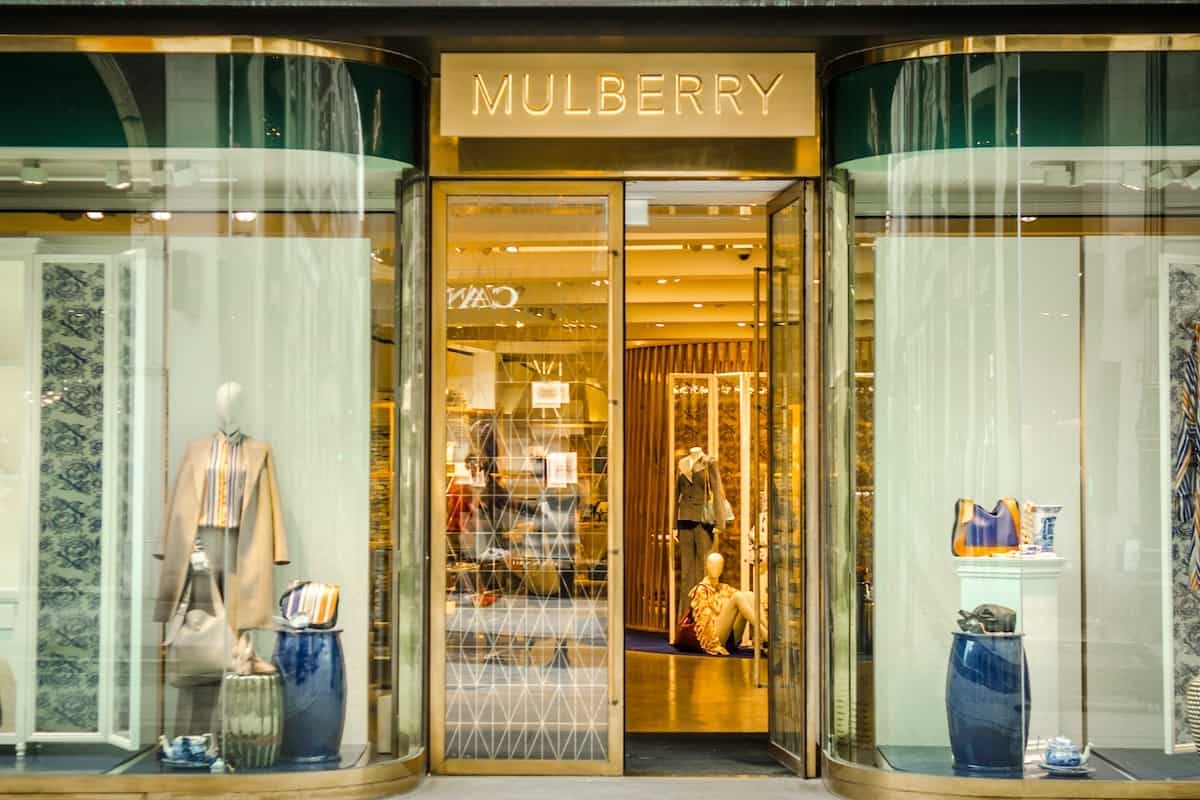2020 has been a difficult year for many high street retailers, with local lockdowns and reduced store footfall dramatically impacting sales. While pureplay retailers have benefitted, multichannel retailers still have a strategic weapon at their disposal… their stores.
Store fulfilment options such as Ship from Store, Click & Collect and In-Store returns arm retailers with added flexibility, the ability to elevate customer experiences, and tangible financial benefits that pureplays simply can’t match. Below are 5 omnichannel tips to turn your stores into your biggest assets.
1) Get the right systems in place.
While webstore, POS and WMS systems all provide key functions to enable your instore and online operations, they cannot be relied upon to offer a seamless omnichannel experience. Even by developing existing systems, gaps will exist. Losing track of inventory or orders will be a disaster you won’t recover from. Dedicated order management systems with store fulfilment capabilities are a must. Allowing you to map each fulfilment journey, from stock, to order, to collection – all the information you need, begins with the right technology.
2) Onboard and empower your store staff
Your store staff are your champions of your store fulfilment operations. Without their buy-in, your program will not work. By asking them to perform additional duties and sometimes taking away their store stock (and ability to sell), you will need to overcome this distrust. Start by explaining the benefits, incentivise them if need be, and listen to their feedback. Processes can be adapted and improved only by understanding their real-world usage.
3) Overcome imperfect inventory
Imperfect inventory visibility remains one of the biggest reasons for retailers not to offer store fulfilment tools. In reality, very few retailers are in a position to claim they have real-time perfect inventory visibility. Consider starting with store fulfilment options that are less reliant on perfect visibility, such as Ship from Store. While these options are invisible to the customer, they allow you to recover any missteps, by setting safety stock rules and reallocating any out of stocks orders to other stores. Additionally, with the extra stock checks in place, your stock accuracy position will actually improve over time. Allowing you to offer more complicated and accuracy dependent options such as Click & Collect.
4) Put in place clear monitoring and notifications
Store fulfilment options enable you to elevate the customer experience, but you must first deliver. This begins with clear notifications for your store staff – what is expected of them, do they have orders that must be picked and packed, or are customers going to be turning up to collect orders. Ensure your tools give them the visibility they need to succeed. At the same time set benchmarks and monitor them, identifying any potential problems before the customer discovers them for you. This communication extends to your customers – let them know their order is ready to collect, where do they go, and what identification they must bring with them.
4) Cater to your different store attributes
No two stores are alike. You must have the ability to tailor your programs to your individual store needs. This begins with basic requirements such as the number of orders they are able to handle each day. Perhaps you have a small store that can’t offer options such as gift-wrap or the storage of bulky items. Maybe the store is located in a pedestrianised area and carriers can only deliver or collect orders at certain times of day. You must have the ability to set these general attributes, but also be able to change them quickly as needs change. Perhaps through staff illness one particular store won’t be able to pick Ship-from-Store orders that day. You’ll need the ability to quickly turn off any subsequent orders and ideally reallocate any existing orders to other stores to avoid a backlog.
You can download our whitepaper on creating flexible supply chains and more insights into utilising order management systems here.






